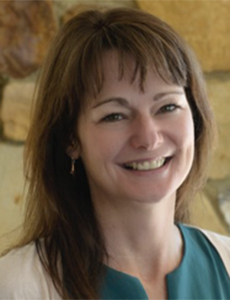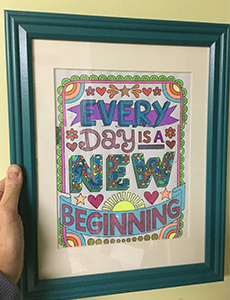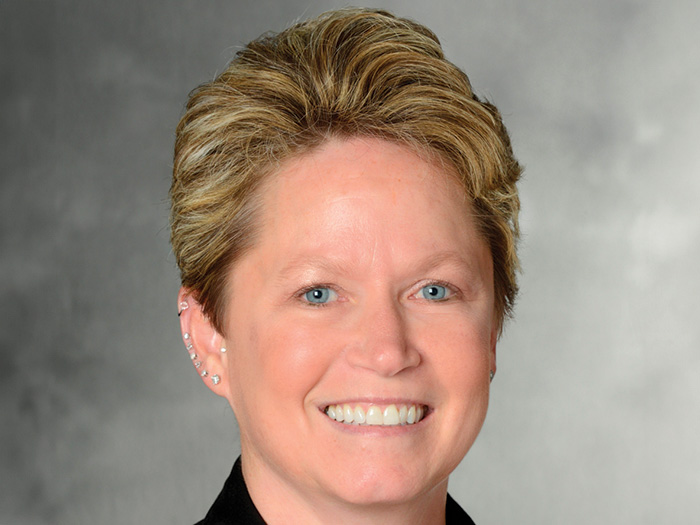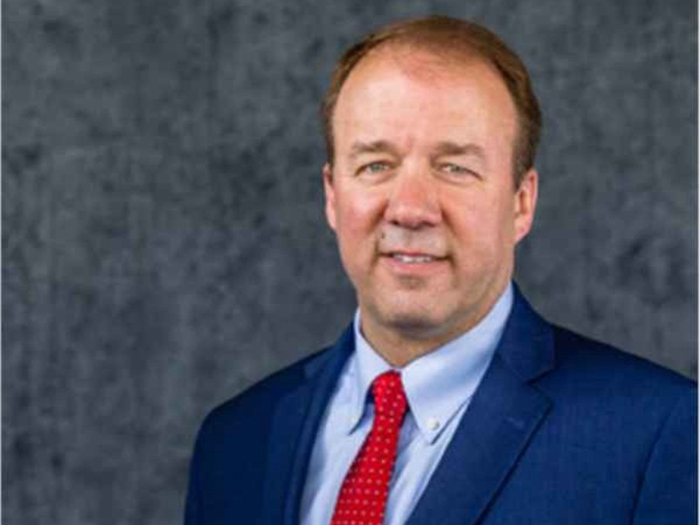Nurse Case Manager Chronicles
The Fragility of Life

In the blink of an eye, a routine case can turn into a catastrophic claim. And when it happens, nurse case managers lead the push to help the patient recover — physically and emotionally.
A worker — a registered nurse — tore her rotator cuff while moving a patient. It’s a common injury among nurses, and she filed for workers’ compensation. Before surgery, she met with her nurse case manager to review the case and the therapy she would need afterwards.
But her routine surgery became her worst nightmare when she coded on the operating table.
“She coded a couple of times,” said Becky Mills, a nurse and certified case manager with Ascential Care Partners, headquartered in Lexington, Ky.
In medical terms, this means the patient went into cardiorespiratory arrest, which required CPR to bring her back. After surgery, the patient was placed in critical care on ventilators.
During surgery, the patient’s blood pressure skyrocketed, Mills explained. Medications were administered to lower the spike, but instead of stabilizing the patient, the medications led to her coding. She suffered a stroke.
Mills said it wasn’t clear whether coding led to the stroke or if the stroke led to coding. Either way, the patient fought for her life.
“It was a dim prognosis; there were times I didn’t know if I’d see her out of that hospital,” she said.
But, said Mills, she had an amazing support system and pulled through.
From Crisis to Care
Mills didn’t know what had happened at first.
“I called the day after surgery to check in,” she said. Mills believed her patient was still recovering from a routine rotator cuff repair. When no one answered the phone, she left a message and brushed it off. “It was the day after surgery. Sometimes people are still groggy.”
When she called the next day and received no answer, she knew something was up. The patient’s husband called to tell Mills about the stroke.
“The employer didn’t even know,” she added. The NCM had to inform them of their employee’s condition.
Mills met with the patient’s husband in the ICU, determined to get medical records in order and help ease his worry.
“For a while, it was maintaining contact and communicating with the employer,” she said. The employer was investigating the incident, deciding whether or not the stroke and subsequent care would be considered under the workers’ compensation claim already in place.
During this time of uncertainty, the husband told Mills it was nice to have a neutral body there, someone who could handle the work-related needs while coordinating care options for his wife. He told Mills she made him feel safe.
Mills encouraged the husband to speak to his wife while she remained on the ventilators. She also encouraged him to connect with family, friends and their minister, keeping them in the loop and creating a system of support during his wife’s recovery.
The employer, who was self-insured, decided that the ongoing treatment would be covered.
“It was ruled compensable due to the fact she was undergoing surgery for a work-related claim,” said Mills. “The employer and TPA were fabulous in their support.”
When the patient stabilized, she was sent to a rehabilitation center for recuperation. After around three weeks, Mills decided she needed to be placed in a specialized facility where she could receive more aggressive therapy.
The patient had paralysis on her right side. She was aphasic, meaning her speech was limited to short sentences or repeated phrases, and her reading comprehension was low. Mills recommended sending the patient to Shepherd Center, a rehabilitation facility five hours away from where the patient and her family lived.
“Shepherd is on top of the newest research,” said Mills. It specializes in brain and spinal cord injury rehabilitation. “Each team meets weekly per patient — occupational therapy, physical therapy, speech therapy, physicians, nurses — they all work together. It’s a consistent meeting. It’s structured.”
This type of hands-on care, she said, was what the patient needed most, but the patient was hesitant to go so far away from home. She had her good and bad days, said Mills. The stroke had really left a pressing mark on the patient and her confidence was shaken. Leaving her family behind was a tough decision to make.
But Mills persevered.
“Patients thrive at Shepherd,” she said. The NCM approached the patient’s husband and explained why the center was the best scenario and best chance for his wife’s recovery. He successfully convinced her to go.
Keeping Active
The patient remained at Shephard for two months.
“They would call me with what was going on,” said Mills. Communication between the center and the NCM was paramount in keeping the case moving forward and getting the patient back to her life. Mills was able to inform the patient’s employer on her progress and began coordinating home care before the patient even left the facility thanks to the continued line of communication.
When Shepherd saw the patient progressing in therapy, they moved her from a hospital room to an apartment on the center’s campus.
“That was key in helping her progress from feeling like a patient to living in the real world,” said Mills.
At home, Mills set up a full-time home care worker to be with the patient while she continued her occupational, physical and speech therapies, because the patient lived in a rural area and her therapies were about an hour away.
“Her husband would take her at first, but then the care giver would,” said Mills. “Her confidence was so shaken — just to talk to somebody would make her freeze up. As she got better, her confidence, independence and self-esteem improved.”
When OT, PT and speech therapy came to an end, however, it proved another hurdle for Mills’ patient.
“She came to the realization she had reached her maximum in therapy,” said Mills. The patient had gained back more of her speech but was still aphasic. She had learned how to use her left hand instead of her right, which was her dominant hand before the stroke, and her reading capability had returned, albeit slower than the patient expected.
“This was where she was going to be. She had to grieve for the loss of her life as it had been. But I told her that her life still had meaning and purpose. She could not give up. We would all be there to help her, but she needed to continue to do things around the house, in her church and in her community.”
With time and a lot of support from her husband, the patient did just that.
“She’s coloring,” said Mills. The pages the patient colors are from mandala designs, intricate and detailed patterns that are small and precise in shape. The patient, said Mills, has been coloring with her left hand, completely in the lines, and has sent Mills some of her finished pieces.
“Unfortunately, she will not work as a nurse due to the aphasia and limited use of her right hand,” said Mills. But she is able to volunteer at a local nursing home, where she helps with crafts and hands out refreshments.
“She even brings the mandala coloring books and pens for them to use, and they all work on them together,” she said.
Volunteering has opened the door for this patient to continue to recover mentally and emotionally. “She feels like she’s a part of something and is helpful and useful.”
Throughout recovery, Mills spoke with the husband on how to keep the patient active and push her to be as independent as possible. Her husband, said Mills, is the patient’s number one cheerleader.
Valuing Each Day
“We have the greatest impact when we get the file early on, so we can be there from the very beginning,” said Mills. She likes the face-to-face aspect of nurse case managing, where she sees her patients’ progress from day one till recovery.
With this particular case, being there from the start was key in getting the patient back on her feet.
Insurers and employers, said Mills, have a bottom line — cost. But sometimes having the NCM on board from the start of injury can have a greater impact. The benefits of their service far outweigh the costs, she said.
“This patient went in thinking she was going to have a routine repair and would be back to work,” said Mills. “Aside from the physical [injury and recovery], I’ve learned a lot about the emotional impact and the fragility of life. But there is always tomorrow. It’s beautiful to see how she’s opened back up.”
When the stroke first happened, Mills recalled the patient’s husband was never frustrated or angry.
“He said he’s so grateful that she’s alive and that taught me something, too,” said Mills.
“It isn’t about what you had or what’s been taken away, it’s about what you do with what you’ve got now.” &












